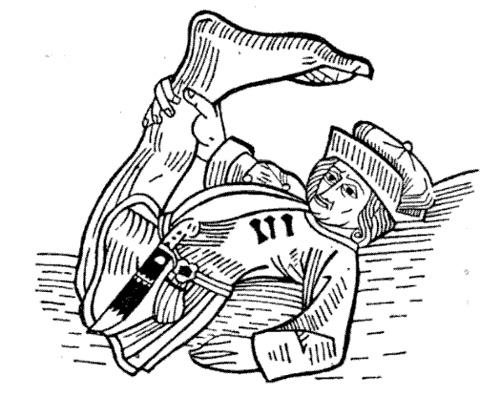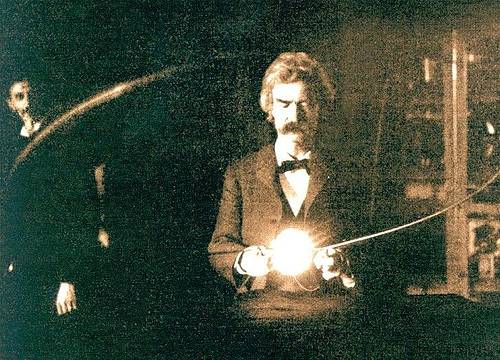
Mark Twain’s list of 27 items to be rescued from a boardinghouse fire:
- Fiancees
- Persons toward whom the operator feels a tender sentiment, but has not yet declared himself
- Sisters
- Stepsisters
- Nieces
- First cousins
- Cripples
- Second cousins
- Invalids
- Young lady relations by marriage
- Third cousins, and young lady friends of the family
- The unclassified
- Babies
- Children under 10 years of age
- Young widows
- Young married females
- Elderly married ditto
- Elderly widows
- Clergymen
- Boarders in general
- Female domestics
- Male ditto
- Landlady
- Landlord
- Firemen
- Furniture
- Mothers-in-law
“In either ascending or descending the stairs,” Twain wrote, “the young gentleman shall walk beside the young lady, if the stairs are wide enough to allow it; otherwise he must precede her. In no case must he follow her. This is de rigueur.”




